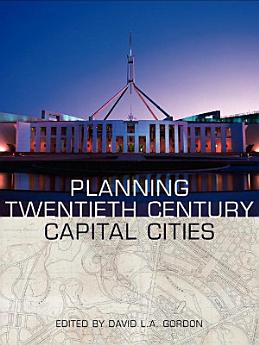Planning Twentieth Century Capital Cities
Tungkol sa ebook na ito
However, the focus here is not only on recently created capitals. Indeed, the case studies which make up the core of the book show that, while very different, the development of London or Rome presents as great a challenge to planners and politicians as the design and building of Brasília or Chandigarh. Put simply, this book sets out to explore what makes capital cities different from other cities, why their planning is unique, and why there is such variety from one city to another.
Sir Peter Hall’s ‘Seven Types of Capital City’ and Lawrence Vale’s ‘The Urban Design of Twentieth Century Capital Cities’ provide the setting for the fifteen case studies which follow – Paris, Moscow and St Petersburg, Helsinki, London, Tokyo, Washington, Canberra, Ottawa-Hull, Brasília, New Delhi, Berlin, Rome, Chandigarh, Brussels, New York. To bring the book to a close Peter Hall looks to the future of capital cities in the twenty-first century.
For anyone with an interest in urban planning and design, architectural, planning and urban history, urban geography, or simply capital cities and why they are what they are, Planning Twentieth Century Capital Cities will be the key source book for a long time to come.
Tungkol sa may-akda
David Gordon is Associate Professor at the School of Urban and Regional Planning, Queen’s University, Canada. He is the author of Battery Park City: Politics and Planning on the New York Waterfront and numerous articles on plan implementation and Ottawa planning history. As a practitioner, Dr. Gordon shared the Canadian Institute of Planners National Award of Distinction in 1991 and 1992.







